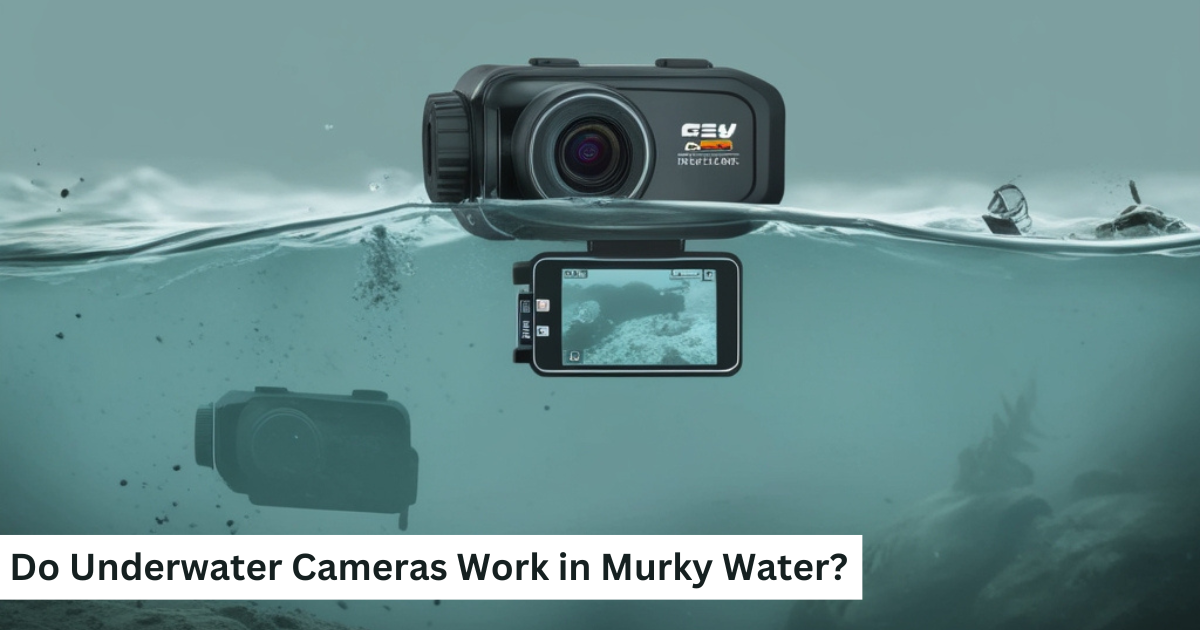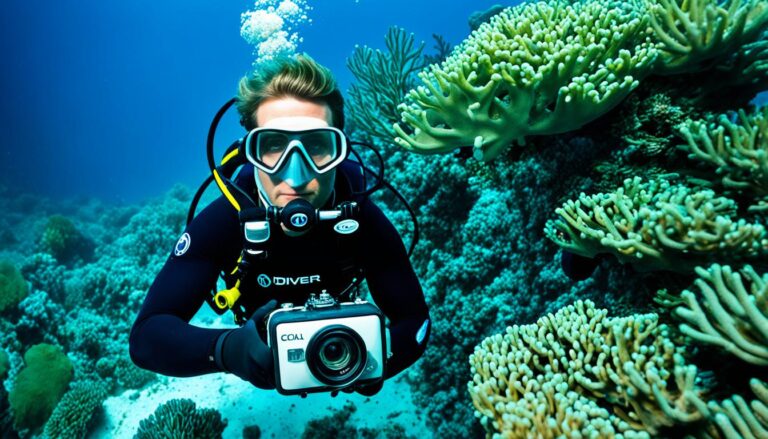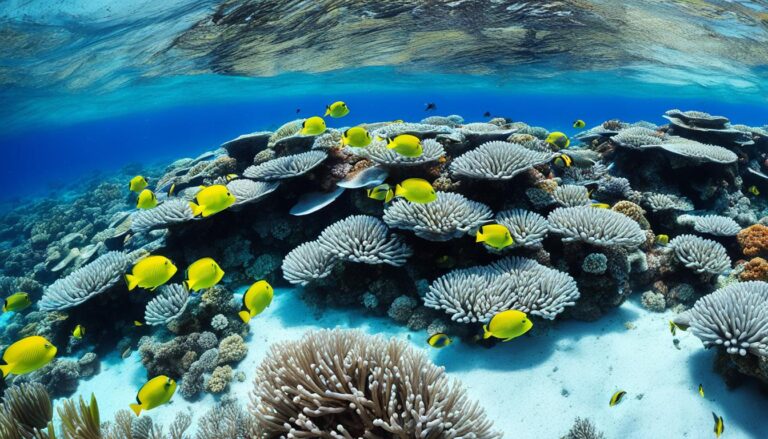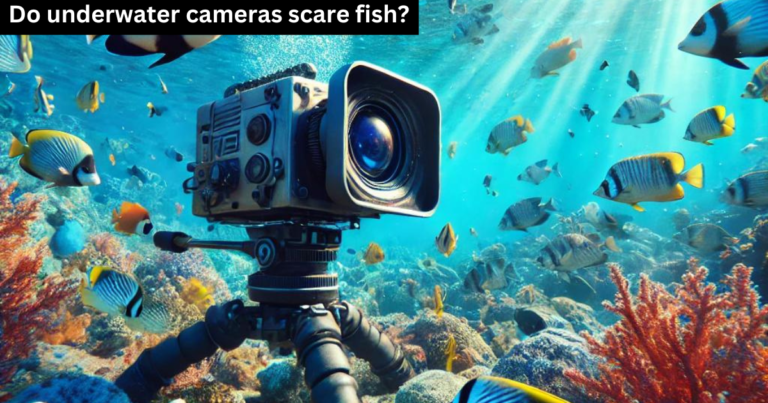Do Underwater Cameras Work in Murky Water? The Ultimate Guide to Capturing Clear Shots
Have you ever ventured underwater with your camera, only to find that murky water turns your photos into blurry, uninspiring images? You’re not alone! Many underwater photography enthusiasts struggle with capturing clear, detailed shots in less-than-ideal water conditions. But do underwater cameras actually work in murky water? The answer is yes, but with the right techniques and gear. In this blog post, we’ll explore the challenges of underwater photography in murky water and share practical tips for improving your results, ensuring you can still capture stunning images even in the cloudiest of waters.

Do Underwater Cameras Work in Murky Water?
Underwater cameras are designed to perform in a variety of conditions, but murky water presents unique challenges. The good news is that with the right approach, you can still achieve great results. Let’s dive into some frequently asked questions and insights that will help you understand how to make the most of your underwater camera in these tricky situations.
1. What Makes Water Murky?
Murky water is typically caused by suspended particles such as sand, silt, algae, or organic matter that scatter light and reduce visibility. This can make it difficult for your camera to focus and capture sharp images. Understanding the cause of murkiness can help you adjust your approach and set realistic expectations for your photos.
2. How Does Murky Water Affect Underwater Cameras?
In murky water, the particles floating around can obstruct light, leading to dull and unclear images. This lack of clarity is compounded by the reduced visibility, making it harder for your camera’s autofocus to lock onto subjects. The result? Photos that look hazy or out of focus. However, the right equipment and settings can mitigate these issues.
3. Can Lighting Improve Image Quality in Murky Water?
Absolutely! Lighting is your best friend when shooting in murky water. Natural light tends to diminish quickly in such conditions, so bringing your own light source is essential. Use underwater strobes or continuous LED lights to illuminate your subject and cut through the haze. Be mindful of backscatter, though—this occurs when light reflects off the particles in the water, creating bright spots in your photos. To avoid this, position your lights at an angle rather than pointing them directly at your subject.
4. What Camera Settings Work Best in Murky Water?
In murky conditions, you’ll need to adjust your camera settings to optimize image quality. Here are a few key adjustments:
- ISO: Increase the ISO to make your camera more sensitive to light, but be cautious—too high, and your images may become grainy.
- Aperture: Use a wider aperture (lower f-stop) to let in more light, but balance this with your depth of field needs.
- Shutter Speed: Use a faster shutter speed to reduce motion blur, especially if there’s movement in the water.
- White Balance: Manually adjust the white balance to correct the color shift that often occurs underwater, especially in low-light conditions.
5. Does the Type of Camera Matter?
Yes, the quality and type of your underwater camera can make a significant difference in murky water. High-quality cameras with larger sensors can capture more light, resulting in better performance in low-visibility conditions. Cameras with advanced autofocus systems are also better equipped to handle the challenges of focusing in murky environments. If possible, shoot in RAW format to allow for more flexibility in post-processing, where you can correct exposure and color issues.
6. How Close Should You Get to Your Subject?
In murky water, the closer you are to your subject, the clearer your image will be. This is because the particles in the water will have less opportunity to scatter light between you and your subject. Wide-angle lenses are particularly useful in these conditions, as they allow you to get closer while still capturing a broad scene.
Tips for Capturing Clear Images in Murky Water
Now that we’ve addressed some common questions, let’s look at actionable tips for improving your underwater photography in murky conditions.
1. Use Multiple Light Sources
To evenly light your subject and minimize shadows, consider using more than one light source. This can help reduce the harshness of any single light and create a more balanced image.
2. Get Close and Stay Low
The closer you are to your subject, the less water you have between the lens and your subject, which means clearer shots. Staying low also helps by using the water column above to diffuse light, reducing the impact of murkiness.
3. Adjust Your Composition
In murky water, simple compositions work best. Avoid cluttered backgrounds that can be further obscured by the particles in the water. Focus on clear, strong subjects that will stand out against the murkiness.
4. Post-Process Your Images
Even with the best techniques, murky water can affect your images. Post-processing software like Adobe Lightroom or Photoshop allows you to adjust exposure, contrast, and color balance to enhance your photos. Don’t be afraid to experiment with these tools to bring out the best in your underwater shots.
5. Patience and Practice
Shooting in murky water can be frustrating, but patience and practice will improve your results. Spend time getting to know your equipment and the conditions you’re shooting in. Experiment with different settings and techniques until you find what works best for you.
Conclusion
So, do underwater cameras work in murky water? Yes, they do, but with some effort and the right techniques. By understanding the challenges posed by murky conditions and making strategic adjustments to your lighting, camera settings, and composition, you can still capture stunning underwater images. Remember, the key to success is preparation, patience, and a willingness to adapt to the environment. Happy shooting!






